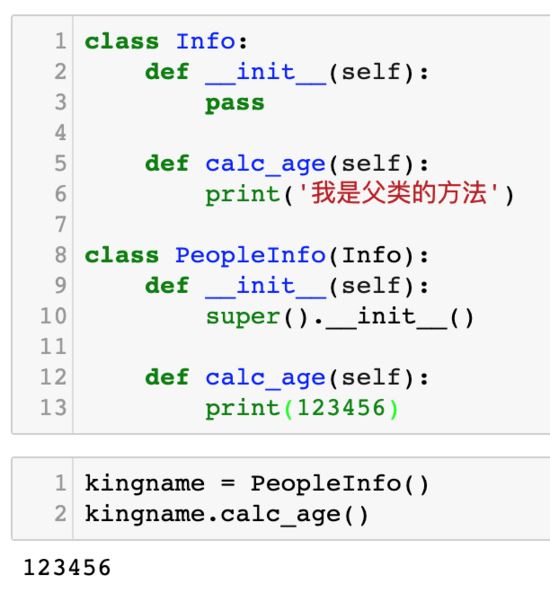Python OpenCV处理图像之图像直方图和反向投影
本文实例为大家分享了Python OpenCV图像直方图和反向投影的具体代码,供大家参考,具体内容如下
当我们想比较两张图片相似度的时候,可以使用这一节提到的技术
关于这两种技术的原理可以参考我上面贴的链接,下面是示例的代码:
0x01. 绘制直方图
import cv2.cv as cv
def drawGraph(ar,im, size): #Draw the histogram on the image
minV, maxV, minloc, maxloc = cv.MinMaxLoc(ar) #Get the min and max value
hpt = 0.9 * histsize
for i in range(size):
intensity = ar[i] * hpt / maxV #Calculate the intensity to make enter in the image
cv.Line(im, (i,size), (i,int(size-intensity)),cv.Scalar(255,255,255)) #Draw the line
i += 1
#---- Gray image
orig = cv.LoadImage("img/lena.jpg", cv.CV_8U)
histsize = 256 #Because we are working on grayscale pictures which values within 0-255
hist = cv.CreateHist([histsize], cv.CV_HIST_ARRAY, [[0,histsize]], 1)
cv.CalcHist([orig], hist) #Calculate histogram for the given grayscale picture
histImg = cv.CreateMat(histsize, histsize, cv.CV_8U) #Image that will contain the graph of the repartition of values
drawGraph(hist.bins, histImg, histsize)
cv.ShowImage("Original Image", orig)
cv.ShowImage("Original Histogram", histImg)
#---------------------
#---- Equalized image
imEq = cv.CloneImage(orig)
cv.EqualizeHist(imEq, imEq) #Equlize the original image
histEq = cv.CreateHist([histsize], cv.CV_HIST_ARRAY, [[0,histsize]], 1)
cv.CalcHist([imEq], histEq) #Calculate histogram for the given grayscale picture
eqImg = cv.CreateMat(histsize, histsize, cv.CV_8U) #Image that will contain the graph of the repartition of values
drawGraph(histEq.bins, eqImg, histsize)
cv.ShowImage("Image Equalized", imEq)
cv.ShowImage("Equalized HIstogram", eqImg)
#--------------------------------
cv.WaitKey(0)
0x02. 反向投影
import cv2.cv as cv
im = cv.LoadImage("img/lena.jpg", cv.CV_8U)
cv.SetImageROI(im, (1, 1,30,30))
histsize = 256 #Because we are working on grayscale pictures
hist = cv.CreateHist([histsize], cv.CV_HIST_ARRAY, [[0,histsize]], 1)
cv.CalcHist([im], hist)
cv.NormalizeHist(hist,1) # The factor rescale values by multiplying values by the factor
_,max_value,_,_ = cv.GetMinMaxHistValue(hist)
if max_value == 0:
max_value = 1.0
cv.NormalizeHist(hist,256/max_value)
cv.ResetImageROI(im)
res = cv.CreateMat(im.height, im.width, cv.CV_8U)
cv.CalcBackProject([im], res, hist)
cv.Rectangle(im, (1,1), (30,30), (0,0,255), 2, cv.CV_FILLED)
cv.ShowImage("Original Image", im)
cv.ShowImage("BackProjected", res)
cv.WaitKey(0)
以上就是本文的全部内容,希望对大家的学习有所帮助,也希望大家多多支持【听图阁-专注于Python设计】。


